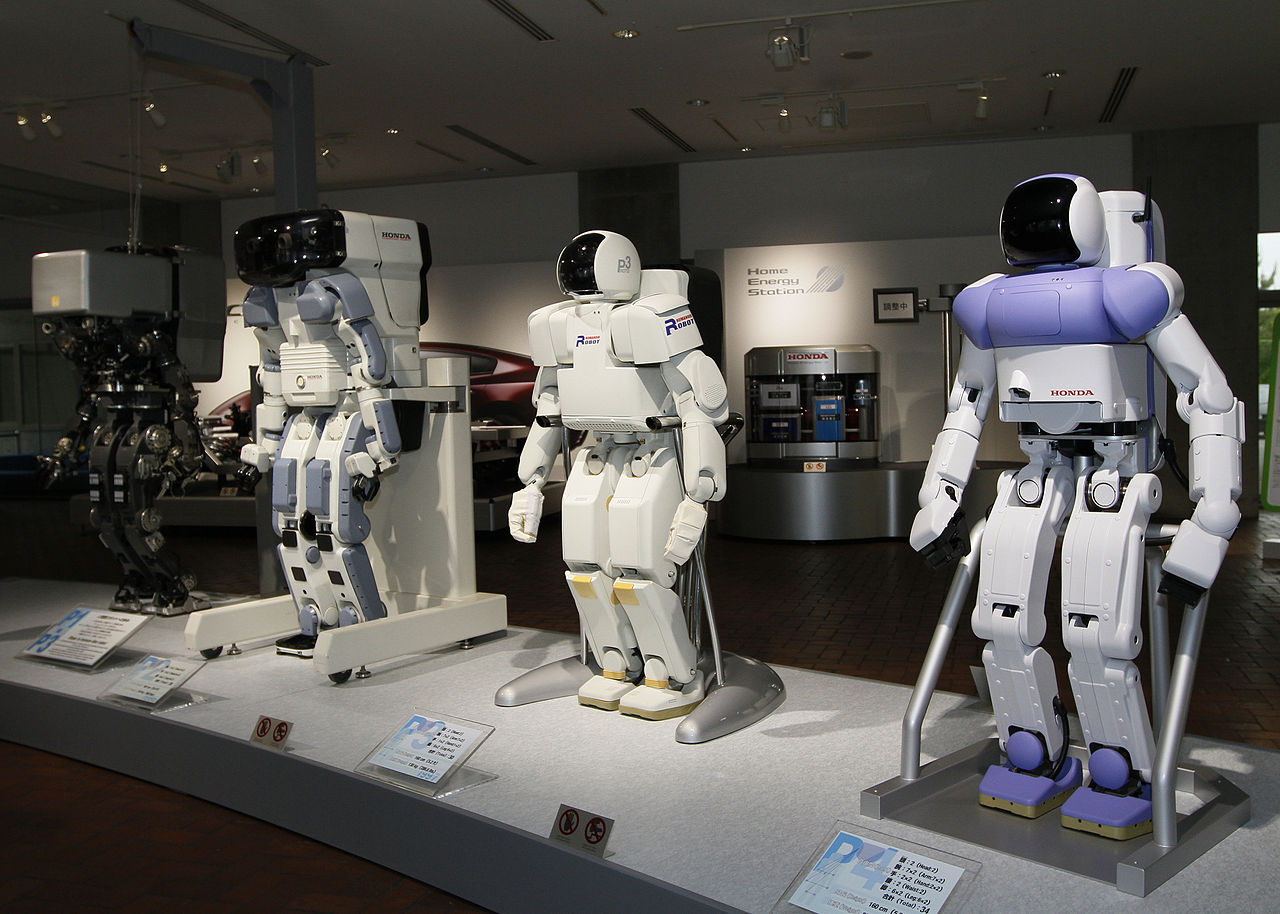The Encyclopaedia Britannica, defines a robot as “any automatically operated machine that replaces human effort, though it may not resemble human beings in appearance or perform functions in a humanlike manner.”
It seems the first half of this definition is the part that futurologists, industry experts and organisations have chosen to focus on when it comes to discussing how robots will impact organisations. Reports by the likes of Berkley Group last year or, more recently, by the World Economic Forum have predicted that, within the next decade as many as five million ‘human’ jobs will be performed by robots – a number that will only increase over time.
The consequence of such predictions has been mass speculation (and a good deal of scaremongering by the media) on the role human workers will play in the industries of the future or whether, indeed, we’ll have a role at all. Undoubtedly the past 20 years or so have borne witness to the greatest technological advancements, from something as seemingly every day as connecting over a billion people to the internet at any time virtually anywhere, to the development of humanoid machines such as Honda’s ASIMO, which claims artificial intelligence by mimicking human movement, sounds and actions, or IBM’s super computer Watson.
But I believe these predictions need to be challenged by an alternative, more nuanced, and perhaps more realistic perspective on what the future holds for both the human and the automated worker.
First we must establish the reality of what a robot is. Impressive though humanoids may be, they currently exist as one-of-a-kind prototypes programmed for limited functions. And Watson is, so far, a long way off the capabilities of Douglas Adams’ Deep Thought in providing us with the answer to life, the universe and everything. Both lack the capability for free-thinking intelligence and independence.
For the majority of businesses, robots currently exist as software or hardware which can automate routine service tasks to greater efficiency than human staff, transferring and organising data from multiple input sources to internal recording systems.
My own research, conducted in partnership with my colleague Mary Lacity focuses on the impact Robotic Process Automation (RPA) has had on organisations thus far, and attempts to provide perspective on the bigger picture of automation and the future of work.
By surveying more than 100 organisations, conducting in-depth client case studies, formal interviews, and obtaining written contributions from clients, providers, and advisors of RPA systems our research also seeks to help business leaders and workers alike understand how to integrate automation into their businesses successfully, and the benefits of doing so.
RPA is set to be the biggest game-changer for organisations for 2016 and beyond. The software is now mature enough to be easily and cheaply adopted, it is non-invasive so will not disturb existing tech systems, and needs no great level of specialist know-how from staff to configure and manage. Moving beyond basic screen-scraping, RPA collates data in line with an organisation’s structure, and can be scaled to become a virtual workforce, running most – if not all – of an organisation’s back office if so desired.
Our research highlights multiple benefits of introducing RPA, including significant cost savings, faster processing (a study of an organisation within London’s insurance market, showed what previously took two days to process, needed only 30 minutes using RPA), higher quality, less error and better regulatory compliance. It can also massively increase output. A prime example is UK mobile communications provider Telefónica O2, whose deployment of more than 160 robots to process between 400,000 and 500,000 transactions each month yielded a three-year return on investment of over 650%, with only four trained staff.
Though this sounds like a recipe for headcount reduction, the other key finding of our research is that, in order to integrate such systems effectively, RPA must be guided by human intelligence. The possibilities for automation and robotics are set by human will and imagination – something which artificial intelligence is a long way off replicating – ensuring humans remain in control of the workplace.
Far from depleting workforces, humans and robots are most effective when working together. Instances of doing so have produced an influx of growth, productivity and, most importantly, satisfied customers and employees. With RPA handling those repetitive unstimulating data processing tasks which provide little-to-no job satisfaction, employees can focus on the human-intensive roles that robots cannot undertake – innovation and creation, meaningful customer contact, building investor relations, running teams and departments all whilst overseeing the work of their robotic colleagues.
The biggest challenge business leaders will face is merging human and automated roles and responsibilities effectively, and providing human employees with opportunities to apply their own natural skills. Contrary to today’s worst fears, robotics could facilitate the rise, not the demise, of such knowledge workers. But managers would do well to prepare staff for the unavoidable changes to their current job roles, enabling them to upskill, specialise and re-train where necessary.
The unprecedented explosion of data from the combinatorial effects of advances in cloud computing, big data, the Internet of Things, mobile connectivity and social media demands automation to help organisations cope. RPA will increase productivity in the face of rising workloads.
We certainly did not envision the industries that would be born of the invention of the steam engine, electricity, computers or the internet, but with hindsight those new technologies led to disruption, transition and prosperity. Can we assume the same will hold for automation? Most RPA adopters we studied have promised their employees that automation would not result in layoffs, but perhaps it is too early to say. Extrapolating forward with our sample companies, we found for every 20 jobs lost through advanced technologies, 13 new ones would be created. We also found it more sensible to talk about work and activity than specific jobs, as jobs are always changing. We found technologies to change 25% at least of every job in the next five to seven years.
Businesses will struggle where they do not reach for the real benefits presented by automation. As for workers, those who can adapt to the changes caused by technology, through education and training, will find more satisfying work in the future. But we must hope that the imaginations of their managers can expand as rapidly as their automation toolkits.
Notes:
- This article was initially published in the European Business Review.
- If you are interested in this topic, you can read Service automation: robots and the future of work.
- Featured image credit: Morio.







Rightly said and I think robots will replace humans.But I think Robotic Process Automation will definitely play an important role in it.